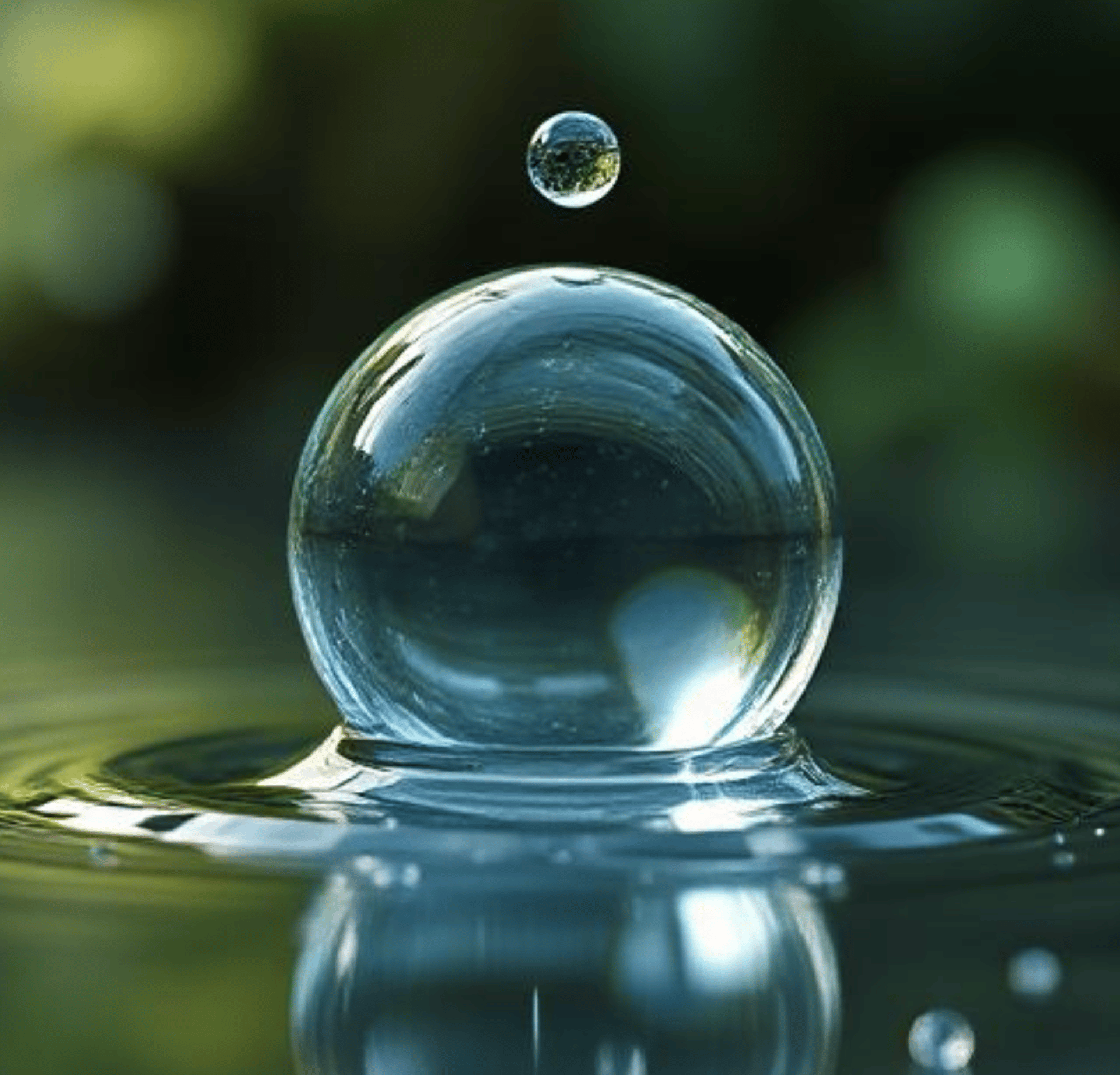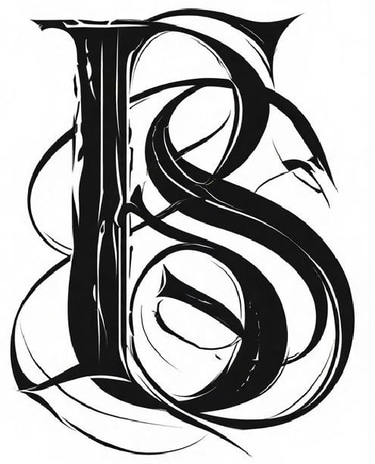
Why the angle?
The angle of the 2 Hydrogen atoms in water is 104.5 degrees.
Electron Density Regions: When an atom has four electron pairs (either bonding pairs or lone pairs), these pairs of electrons arrange themselves as far apart as possible. This is because of electron-electron repulsion. The most stable arrangement in three-dimensional space for four electron pairs is a tetrahedron.
Tetrahedral Geometry: A tetrahedron has four corners, and the angle between any two bonds connected to the central atom is 109.5°. This can be calculated using basic geometry, specifically from the formula for the dihedral angle between adjacent planes in a tetrahedron.
A tetrahedron is a 3D shape with four triangular faces. The bond angle is the angle between two lines extending from the center of the tetrahedron to any two adjacent vertices.The formula to calculate the angle between two bonds in a tetrahedral structure can be derived from the cosine of the angle between two vectors pointing to the vertices of the tetrahedron.
Imagine a central atom (say, carbon in methane, CH₄), with four bonds forming a tetrahedron.
Each bond points to one vertex of the tetrahedron.
The bond angle θ between any two adjacent bonds in the tetrahedron can be calculated using this formula:
cos(θ)=13\cos(\theta) = \frac{1}{3}cos(θ)=31
Solving for θ:
θ=cos−1(13)\theta = \cos^{-1}\left(\frac{1}{3}\right)θ=cos−1(31)θ≈109.5∘\theta \approx 109.5^\circθ≈109.5∘
This result gives us the ideal bond angle of 109.5° for a tetrahedral arrangement.

Polarity in Molecules


Molecule Polar Bonds? Polar or Nonpolar
H₂O (water) Bent✅ Polar
CO₂ Linear❌ Nonpolar
CH₄ (methane) Tetrahedral❌ Nonpolar
NH₃ (ammonia) Trigonal pyramidal ✅ Polar
